Our top choice is a camera that produces exceptional resolution. It also gives photographers many amazing features to aid their photography. The Nikon D850 is our pick as the best camera for landscape photos. If you want a high-resolution camera with great autofocus and amazing video abilities… look no further! [Note: ExpertPhotography is supported by readers. Product links on ExpertPhotography are referral links. If you use one of these and buy something, we make a little bit of money. Need more info? See how it all works here.]
Best Camera for Landscape Photography (Top 10)
Now we help you find the best camera for landscape photography. Our list contains a camera for everyone. We’ve got DSLR and mirrorless cameras. We have beginner and the best budget options in each category. And we also list professional-level models and medium format cameras. Each category has a range of choices. There are cameras from the top-of-the-range to entry-level options. Click on these links to go to the section most relevant for you: Jump to the end for the features to look for in a landscape camera.
Best DSLR Cameras for Landscape Photography
If you’re in the market for a DSLR, these are our top picks for landscape photographers.
Best High-End DSLRs For Landscape Photography
The Nikon D850 is one of the most popular DSLR cameras for landscape photographers. Professional photographers worldwide hold the D850 up as the ideal landscape photography camera. The D850 is a full frame camera with a 45.7 MP sensor. And that’s as impressive as it sounds. It produces landscape images of the highest quality. The ISO range is one specification that excites landscape photographers. The top end isn’t much to shout about, reaching 25,600. But on the other end, you can go down to ISO 64. Shooting at that level gives an image quality other cameras can only dream of. The dynamic range is also impressive. And the lower you go with the ISO, the better the dynamic range. At ISO 64, the camera can retrieve details from the darkest and lightest areas. The Nikon D850 also has excellent time-lapse capabilities. This allows you to create 4K time-lapse videos. The autofocus system is great for other types of photography. And the tilting touchscreen saves you from backache. The Pentax K1 Mark II is a landscape camera for hardworking professionals. It can cope with the trials of all kinds of outdoor photography. And the results for landscape photography are excellent. The main weapon in the K1 Mark II’s arsenal is its image quality. The full frame 36.2 MP sensor produces high-quality images that bring landscapes to life. Even at high ISO levels, the images can cope with being enlarged for display. The ISO range is excellent, starting at 100 and going up to 819,200. You might not need the max level. But you can use the Pentax K1 Mark II for nighttime landscapes. The in-body image stabilization is another flagship feature of the K1 Mark II. If you shoot long exposures, you may still experience camera shake using a tripod. The image stabilization keeps your shots crisp and clear. The Pentax K1 Mark II is a tough and rugged full frame DSLR. It’s completely weather-sealed. So you can keep shooting even when the conditions are against you. The battery life isn’t as good as the original K1. But 670 shots from a fully-charged battery is better than most DSLRs of this level.
Best Budget DSLRs for Landscape Photography
The Canon EOS 80D is one of the best cameras for landscape photography if you’re a beginner. It’s an excellent entry-level DSLR camera. And the results encourage you to keep shooting landscapes. The 24.2 MP sensor is the standard resolution for a camera at this level. But the excellent image quality of the APS-C sensor will impress you. And its low-light performance makes the camera even more impressive. The ISO range is limited, topping out at 64,000. But you won’t need to go that high with landscape photography. More importantly, the quality stays high when you do increase the ISO. It means you can shoot landscapes at dawn and dusk. The Canon EOS 80D has an excellent autofocus system with 45-point cross-type detection. This might not be essential for landscape photography. But you can try your hand at other types of photography too. The 80D also gives you image stabilization. Many landscape photographers use a tripod for stability. But the internal stabilization means you can still capture crisp landscapes without one. The Nikon D5600 is a bargain if you’re looking for a cheap landscape photography camera. It’s been on the market for a while, so the price has steadily decreased. But it’s far from obsolete. The D5600 can still knock out some stunning landscape photographs. The 24.2 MP sensor might not look like much on paper. But Nikon’s DX-format sensors are more sensitive than their APS-C rivals. These two sensor types are crop frames, but the DX format gives you more bang for your buck. The ISO isn’t impressive by most standards. But the DX-format sensor maintains image quality when you go up the stops. It has great low-light capabilities. This means you can still grab some fantastic shots when the sun’s going down. The viewfinder is optical, so you need to look through it to compose your shot. But the vari-angle touchscreen makes life easier. You can review the images without bending down. And you have complete control over the interface. The battery is reliable but not record-breaking. You get about 850 shots before you need to recharge. That should be enough for a few hours of shooting on location.
Best Mirrorless Cameras for Landscape Photography
We’ve seen the best DSLR cameras for landscape photography. Now it’s time to look at the best mirrorless cameras. Mirrorless machines are at the forefront of digital cameras. And they are some of the best cameras for landscape photography.
Best High-End Mirrorless Camera for Landscape Photography
Sony has been setting new standards for mirrorless cameras for some time. And the Sony a7R IV is one of their stand-out models. It isn’t cheap. But it’s a professional-grade camera that serious landscape photographers love. The first thing you notice is the image resolution. It’s a full frame mirrorless camera. So you might expect a high number of megapixels. But 61 MP is genuinely staggering. And it’s not just a number in a manual. The image quality is incredible. If 61 MP isn’t enough, you can try the Pixel Shift Multi Shooting mode. Using this mode can boost the images up to 240 MP. It can be tricky and only works when your subject is completely still. But that’s no problem for landscape photography. The Sony a7R IV shoots with a high dynamic range, boasting 15 stops of HDR. Even if you push the ISO, you still have detailed and noise-free images. And you can enlarge them as much as you like. The ISO 50 setting is a highlight for landscape photographers. The battery life isn’t great, especially if you use Pixel Shift mode. But that’s a common problem with cameras that operate at such a high level. Weather sealing is another benefit. It ensures this camera’s place as one of the best landscape photography cameras. The Fujifilm X-T4 is a crop sensor camera. But it has all the features to be an excellent mirrorless for landscape photography. And it looks great too. The X-T4’s X-Trans CMOS sensor is smaller than one you’d find in a full frame camera. But it gives you an image resolution of 26.1 MP, which is a lot for a camera of this size. The dynamic range is excellent, especially when shooting at ISO 80. One feature worth noting is the in-body image stabilization system. It works on a five-axis basis, keeping your images sharp when shooting handheld. It also removes the effects of camera shake when working with long exposures on a tripod. The Fujifilm X-T4 also produces excellent video footage. It’s not necessary for landscape photography. But many professional photographers are branching out into multi-media production. The X-T4 is an excellent choice if that’s what you need. The battery life is good in Economy mode, giving you around 650 shots before recharge. But without Economy mode, the X-T4’s battery life falls short.
Best Beginner Mirrorless Camera for Landscape Photography
The Sony a6400 is the perfect entry-level landscape camera. It has excellent all-around capabilities. But the features and image quality earn the camera a place on this list. The 24.2 MP sensor produces stunning images with RAW file capabilities. The image quality and dynamic range mean you can enlarge your landscape photos. You can then print them in a large format without losing quality. You also experience very little digital noise until you hit the top of the camera’s ISO range. You can tilt the touchscreen and electronic viewfinder 180 degrees. This gives you plenty of freedom when shooting. And you can turn the screen to face the front if you need to record yourself. If you’re into filmmaking, the a6400 has 4K video too. The Sony a6400 is portable and compact. You can take it anywhere and take great photos. It’s a versatile camera with features for video and action photography. But it also makes an excellent mirrorless camera for a new landscape photographer.
Best Budget Mirrorless Camera for Landscape Photography
If you’re looking for a bargain mirrorless camera, the Canon EOS M50 II is worth looking at. It has excellent features, produces great results, and won’t break the bank. The quality is perfect for landscape photography. But the camera has features that will interest any new photographer. The APS-C sensor has an image resolution of 24.2 MP. This is relatively standard for a beginner-level camera. But the camera packs enough punch to capture stunning landscape photography. The ISO range is limited, only going from 100 to 25,600. But the ISO range isn’t much of a worry for beginner landscape shooters who want to keep the ISO low. One special feature for a camera at this price level? The five-axis in-body stabilization. This system ensures sharp images, preventing camera shake. It helps keep the ISO down when working in low-light situations.
Best Medium Format Cameras for Landscape Photography
Medium format cameras have a larger sensor than APS-C or full frame cameras. This gives them a high image resolution, ideal for landscape photography. They’re specialist cameras mainly used for landscape and portrait photography. Medium format cameras are renowned for their image quality. But the excellent image quality comes at a price. These cameras aren’t cheap. These are the best medium format cameras for landscapes if you have the budget. The Fujifilm GFX 100s is the best all-around medium format camera. And being a medium format camera, it’s the perfect machine for shooting landscapes. Many professional landscape photographers use the GFX 100s. A larger sensor naturally has a higher resolution. But the 102 MP of the GFX 100s is still very impressive. You’ll be blown away by the landscape images this camera can produce. And that’s even more noticeable when shooting at 50 ISO. You won’t find a camera with a better dynamic range. The 50 ISO setting helps with that. But you still achieve amazing detail when you increase the ISO a few stops. Medium format machines tend to be limited, focusing mainly on image production. But the Fujifilm GFX 100s can capture 4K footage as well. And the vari-angle touchscreen makes the photographer’s life a lot easier. The autofocus system is excellent if you want to shoot something with more action. The battery life gives you about 450 frames when fully charged. That might not sound like much, but with images of this quality, it’s hard to complain. The Pentax 645Z is at the more affordable end of medium format cameras. But it still produces excellent images. And many professional photographers use this as their go-to landscape camera. The 51.4 MP sensor may seem lacking after the GFX 100s, but it’s not. You won’t complain when you see the results. The image performance is superb. And you get beautiful photos with a high dynamic range. The ISO range gives you plenty to play with. You can shoot at dawn, dusk, and even nighttime. So you get high-quality landscapes at any time of day. Pentax is known for its long-lasting and durable cameras. And the 645z is no different. While on the heavy side, it has a robust body that’s completely weather-sealed. The Pentax 645Z is ideal for outdoor shoots in troubling conditions.
6 Specs for the Best Landscape Photography Cameras
You need a camera that’s up to the challenge to shoot stunning landscape photography. You want a machine with specific functions and features to capture views in all their glory. It’s best to look for certain specs when buying a camera for landscape photography. You want to know you have a camera that can translate the natural beauty of reality to the screen.
1. High Image Resolution
A high image resolution isn’t the be-all and end-all for digital photography. But a high resolution certainly won’t hurt your landscapes. A good landscape photo has clarity, detail, and vibrant colors. A high-resolution sensor helps you achieve this. A larger sensor tends to have a higher megapixel count. And as you see from the cameras on this list, a bigger sensor can be beneficial for shooting landscapes. But size isn’t everything. We have shown you some crop sensor cameras that produce excellent results.
2. Wide Dynamic Range
A wide dynamic range brings out details when working in tricky lighting conditions. Large landscapes don’t always have uniform lighting. One area might be sunny, while another is shaded. And there could be a big difference between foreground and background light. A narrow dynamic range can pose problems. Dark areas can become pitch black, and light areas can become bright white. So a camera with a wide dynamic range ensures you maintain detail throughout the image.
3. Good ISO Range for Darker Scenes
Landscape photographers usually stick to lower ISO settings. A lower ISO gives you max image quality. If you use a higher ISO, you risk adding digital noise to your photo. It reduces the quality and impact of the image. But you want a higher ISO when shooting at night or in darker locations. And you need to know your camera has the ISO range to cope with darker settings. You want a camera that maintains image quality even at higher ISOs.
4. Live-View Display
A live-view display is really handy for landscape photography. Having an electric viewfinder can make a photographer’s life a lot easier. And it protects your eyes and sensor if your camera faces the sun. Landscape photographers often use tripods. And a live-view display helps. You can compose your shot without crouching or bending to use the optical viewfinder.
5. Weather-Sealing
To state the obvious, we can’t control the weather. You’re at the mercy of mother nature when you’re on location. If you have it, you should take protective equipment for wet weather. But you also want to know if your camera can take the strain when the weather turns bad.
6. A Good Battery Life
Battery life is important for all photographers. But it’s essential when hiking and trying to find the best landscape views. You can’t pop back home to recharge your equipment. Good battery life gives you peace of mind and allows you to work at your own pace.
Find a Camera Built for Landscape Photography
All you need is a smartphone to take a photo of the landscape in front of you. There’s no heavy specialist equipment. And everything fits in your pocket. Smartphone cameras are great. But they don’t quite cut the mustard for proper landscape photography. You might have the most spectacular landscape in front of you. Naturally, you snap a photo. But when you get home, the image doesn’t display the majesty of the real thing. This is a common problem when shooting landscapes. Landscapes can appear flat and dull in photos, with much of the beauty lost. Sometimes it’s a case of getting the correct camera settings. But it might be that you need a camera built for landscape photography.
Conclusion
There are so many choices. So finding the right camera for landscape photography isn’t necessarily easy. You need specific features in a camera to get the most out of landscapes. You want landscapes with vibrant colors and details in every section. That comes from image quality and dynamic range. Our list of the best cameras for landscape photography considers these factors. We’ve compiled our list with the challenges of landscape photography in mind. So each camera is up to the job when you’re out shooting. Whether you’re on a budget or ready to splash the cash, there’s a landscape camera here for you. When you’re choosing from this list, there’s no bad decision. So now’s the time to start shooting amazing landscape photography! To give yourself the best chance to capture the perfect landscape, we recommend the Nikon D850.
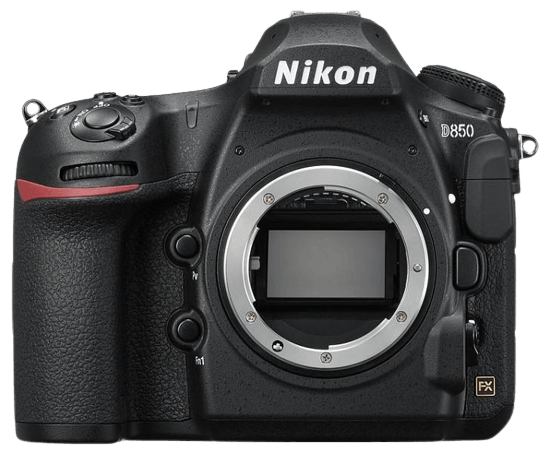



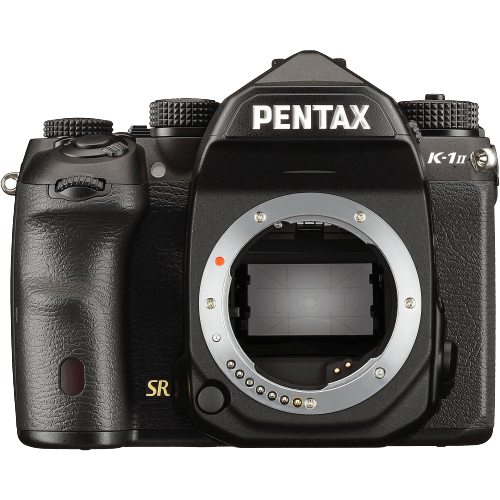

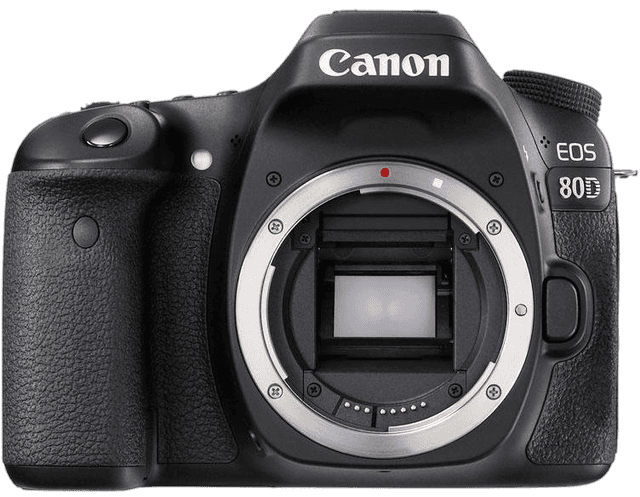

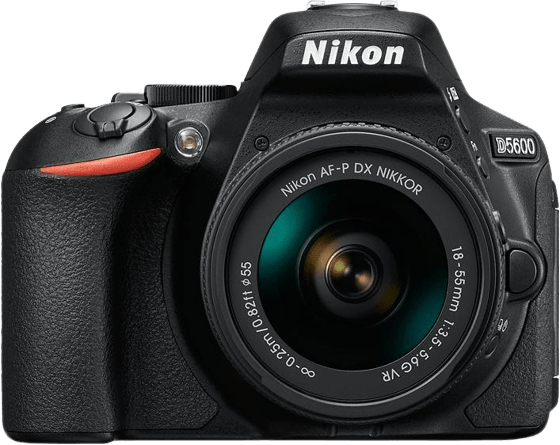













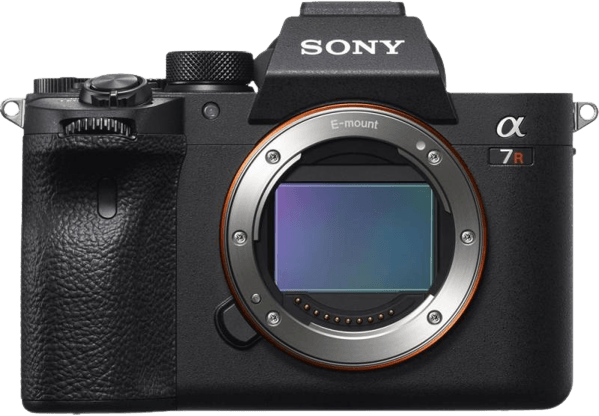

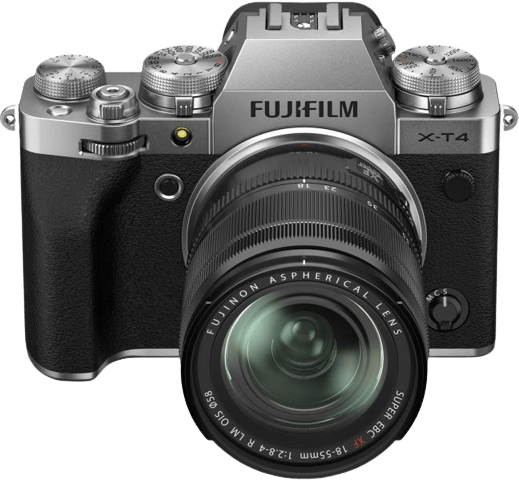

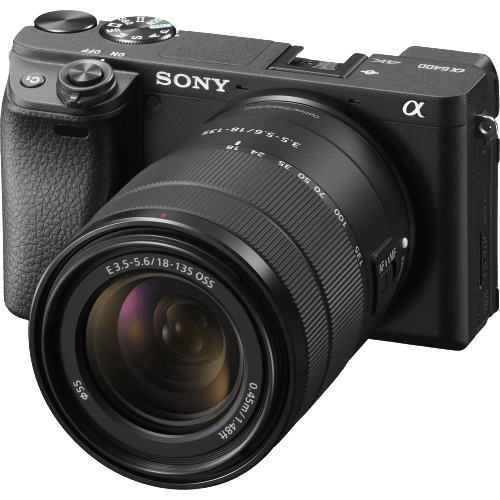

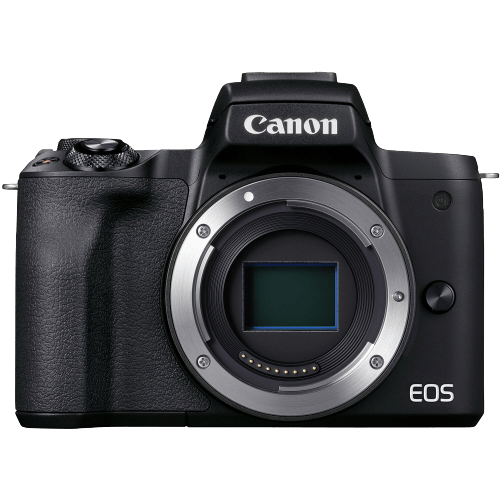













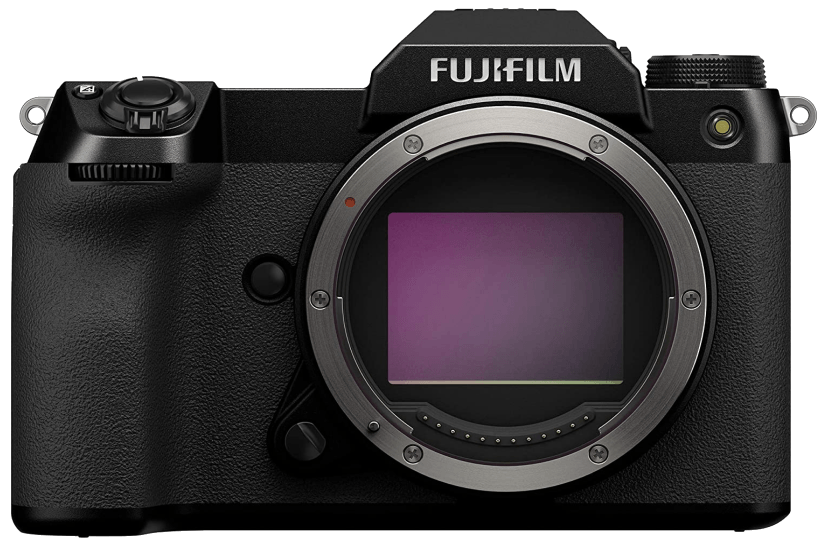

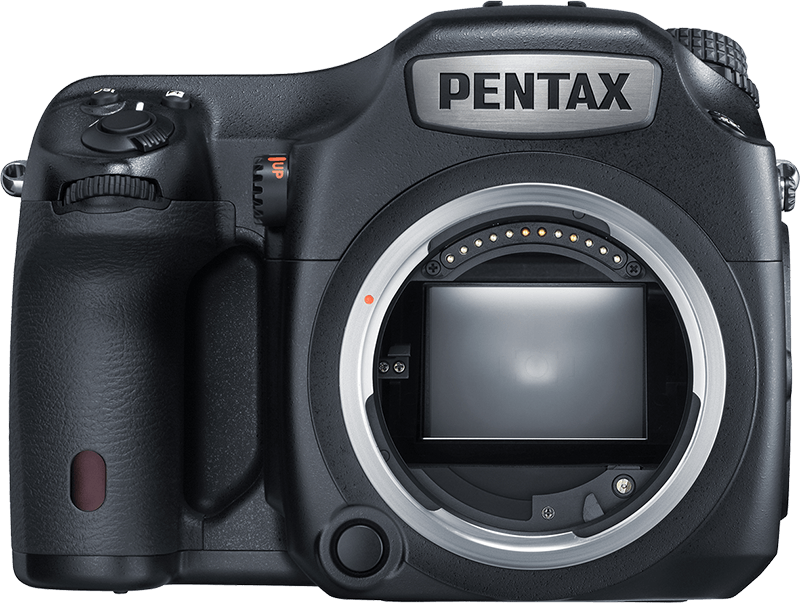







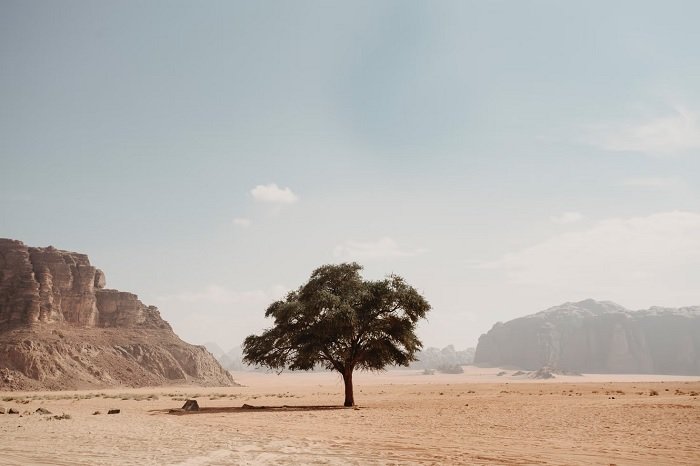


title: “10 Best Camera For Landscape Photography In 2023” ShowToc: true date: “2023-02-12” author: “Susan White”
Our top choice is a camera that produces exceptional resolution. It also gives photographers many amazing features to aid their photography. The Nikon D850 is our pick as the best camera for landscape photos. If you want a high-resolution camera with great autofocus and amazing video abilities… look no further! [Note: ExpertPhotography is supported by readers. Product links on ExpertPhotography are referral links. If you use one of these and buy something, we make a little bit of money. Need more info? See how it all works here.]
Best Camera for Landscape Photography (Top 10)
Now we help you find the best camera for landscape photography. Our list contains a camera for everyone. We’ve got DSLR and mirrorless cameras. We have beginner and the best budget options in each category. And we also list professional-level models and medium format cameras. Each category has a range of choices. There are cameras from the top-of-the-range to entry-level options. Click on these links to go to the section most relevant for you: Jump to the end for the features to look for in a landscape camera.
Best DSLR Cameras for Landscape Photography
If you’re in the market for a DSLR, these are our top picks for landscape photographers.
Best High-End DSLRs For Landscape Photography
The Nikon D850 is one of the most popular DSLR cameras for landscape photographers. Professional photographers worldwide hold the D850 up as the ideal landscape photography camera. The D850 is a full frame camera with a 45.7 MP sensor. And that’s as impressive as it sounds. It produces landscape images of the highest quality. The ISO range is one specification that excites landscape photographers. The top end isn’t much to shout about, reaching 25,600. But on the other end, you can go down to ISO 64. Shooting at that level gives an image quality other cameras can only dream of. The dynamic range is also impressive. And the lower you go with the ISO, the better the dynamic range. At ISO 64, the camera can retrieve details from the darkest and lightest areas. The Nikon D850 also has excellent time-lapse capabilities. This allows you to create 4K time-lapse videos. The autofocus system is great for other types of photography. And the tilting touchscreen saves you from backache. The Pentax K1 Mark II is a landscape camera for hardworking professionals. It can cope with the trials of all kinds of outdoor photography. And the results for landscape photography are excellent. The main weapon in the K1 Mark II’s arsenal is its image quality. The full frame 36.2 MP sensor produces high-quality images that bring landscapes to life. Even at high ISO levels, the images can cope with being enlarged for display. The ISO range is excellent, starting at 100 and going up to 819,200. You might not need the max level. But you can use the Pentax K1 Mark II for nighttime landscapes. The in-body image stabilization is another flagship feature of the K1 Mark II. If you shoot long exposures, you may still experience camera shake using a tripod. The image stabilization keeps your shots crisp and clear. The Pentax K1 Mark II is a tough and rugged full frame DSLR. It’s completely weather-sealed. So you can keep shooting even when the conditions are against you. The battery life isn’t as good as the original K1. But 670 shots from a fully-charged battery is better than most DSLRs of this level.
Best Budget DSLRs for Landscape Photography
The Canon EOS 80D is one of the best cameras for landscape photography if you’re a beginner. It’s an excellent entry-level DSLR camera. And the results encourage you to keep shooting landscapes. The 24.2 MP sensor is the standard resolution for a camera at this level. But the excellent image quality of the APS-C sensor will impress you. And its low-light performance makes the camera even more impressive. The ISO range is limited, topping out at 64,000. But you won’t need to go that high with landscape photography. More importantly, the quality stays high when you do increase the ISO. It means you can shoot landscapes at dawn and dusk. The Canon EOS 80D has an excellent autofocus system with 45-point cross-type detection. This might not be essential for landscape photography. But you can try your hand at other types of photography too. The 80D also gives you image stabilization. Many landscape photographers use a tripod for stability. But the internal stabilization means you can still capture crisp landscapes without one. The Nikon D5600 is a bargain if you’re looking for a cheap landscape photography camera. It’s been on the market for a while, so the price has steadily decreased. But it’s far from obsolete. The D5600 can still knock out some stunning landscape photographs. The 24.2 MP sensor might not look like much on paper. But Nikon’s DX-format sensors are more sensitive than their APS-C rivals. These two sensor types are crop frames, but the DX format gives you more bang for your buck. The ISO isn’t impressive by most standards. But the DX-format sensor maintains image quality when you go up the stops. It has great low-light capabilities. This means you can still grab some fantastic shots when the sun’s going down. The viewfinder is optical, so you need to look through it to compose your shot. But the vari-angle touchscreen makes life easier. You can review the images without bending down. And you have complete control over the interface. The battery is reliable but not record-breaking. You get about 850 shots before you need to recharge. That should be enough for a few hours of shooting on location.
Best Mirrorless Cameras for Landscape Photography
We’ve seen the best DSLR cameras for landscape photography. Now it’s time to look at the best mirrorless cameras. Mirrorless machines are at the forefront of digital cameras. And they are some of the best cameras for landscape photography.
Best High-End Mirrorless Camera for Landscape Photography
Sony has been setting new standards for mirrorless cameras for some time. And the Sony a7R IV is one of their stand-out models. It isn’t cheap. But it’s a professional-grade camera that serious landscape photographers love. The first thing you notice is the image resolution. It’s a full frame mirrorless camera. So you might expect a high number of megapixels. But 61 MP is genuinely staggering. And it’s not just a number in a manual. The image quality is incredible. If 61 MP isn’t enough, you can try the Pixel Shift Multi Shooting mode. Using this mode can boost the images up to 240 MP. It can be tricky and only works when your subject is completely still. But that’s no problem for landscape photography. The Sony a7R IV shoots with a high dynamic range, boasting 15 stops of HDR. Even if you push the ISO, you still have detailed and noise-free images. And you can enlarge them as much as you like. The ISO 50 setting is a highlight for landscape photographers. The battery life isn’t great, especially if you use Pixel Shift mode. But that’s a common problem with cameras that operate at such a high level. Weather sealing is another benefit. It ensures this camera’s place as one of the best landscape photography cameras. The Fujifilm X-T4 is a crop sensor camera. But it has all the features to be an excellent mirrorless for landscape photography. And it looks great too. The X-T4’s X-Trans CMOS sensor is smaller than one you’d find in a full frame camera. But it gives you an image resolution of 26.1 MP, which is a lot for a camera of this size. The dynamic range is excellent, especially when shooting at ISO 80. One feature worth noting is the in-body image stabilization system. It works on a five-axis basis, keeping your images sharp when shooting handheld. It also removes the effects of camera shake when working with long exposures on a tripod. The Fujifilm X-T4 also produces excellent video footage. It’s not necessary for landscape photography. But many professional photographers are branching out into multi-media production. The X-T4 is an excellent choice if that’s what you need. The battery life is good in Economy mode, giving you around 650 shots before recharge. But without Economy mode, the X-T4’s battery life falls short.
Best Beginner Mirrorless Camera for Landscape Photography
The Sony a6400 is the perfect entry-level landscape camera. It has excellent all-around capabilities. But the features and image quality earn the camera a place on this list. The 24.2 MP sensor produces stunning images with RAW file capabilities. The image quality and dynamic range mean you can enlarge your landscape photos. You can then print them in a large format without losing quality. You also experience very little digital noise until you hit the top of the camera’s ISO range. You can tilt the touchscreen and electronic viewfinder 180 degrees. This gives you plenty of freedom when shooting. And you can turn the screen to face the front if you need to record yourself. If you’re into filmmaking, the a6400 has 4K video too. The Sony a6400 is portable and compact. You can take it anywhere and take great photos. It’s a versatile camera with features for video and action photography. But it also makes an excellent mirrorless camera for a new landscape photographer.
Best Budget Mirrorless Camera for Landscape Photography
If you’re looking for a bargain mirrorless camera, the Canon EOS M50 II is worth looking at. It has excellent features, produces great results, and won’t break the bank. The quality is perfect for landscape photography. But the camera has features that will interest any new photographer. The APS-C sensor has an image resolution of 24.2 MP. This is relatively standard for a beginner-level camera. But the camera packs enough punch to capture stunning landscape photography. The ISO range is limited, only going from 100 to 25,600. But the ISO range isn’t much of a worry for beginner landscape shooters who want to keep the ISO low. One special feature for a camera at this price level? The five-axis in-body stabilization. This system ensures sharp images, preventing camera shake. It helps keep the ISO down when working in low-light situations.
Best Medium Format Cameras for Landscape Photography
Medium format cameras have a larger sensor than APS-C or full frame cameras. This gives them a high image resolution, ideal for landscape photography. They’re specialist cameras mainly used for landscape and portrait photography. Medium format cameras are renowned for their image quality. But the excellent image quality comes at a price. These cameras aren’t cheap. These are the best medium format cameras for landscapes if you have the budget. The Fujifilm GFX 100s is the best all-around medium format camera. And being a medium format camera, it’s the perfect machine for shooting landscapes. Many professional landscape photographers use the GFX 100s. A larger sensor naturally has a higher resolution. But the 102 MP of the GFX 100s is still very impressive. You’ll be blown away by the landscape images this camera can produce. And that’s even more noticeable when shooting at 50 ISO. You won’t find a camera with a better dynamic range. The 50 ISO setting helps with that. But you still achieve amazing detail when you increase the ISO a few stops. Medium format machines tend to be limited, focusing mainly on image production. But the Fujifilm GFX 100s can capture 4K footage as well. And the vari-angle touchscreen makes the photographer’s life a lot easier. The autofocus system is excellent if you want to shoot something with more action. The battery life gives you about 450 frames when fully charged. That might not sound like much, but with images of this quality, it’s hard to complain. The Pentax 645Z is at the more affordable end of medium format cameras. But it still produces excellent images. And many professional photographers use this as their go-to landscape camera. The 51.4 MP sensor may seem lacking after the GFX 100s, but it’s not. You won’t complain when you see the results. The image performance is superb. And you get beautiful photos with a high dynamic range. The ISO range gives you plenty to play with. You can shoot at dawn, dusk, and even nighttime. So you get high-quality landscapes at any time of day. Pentax is known for its long-lasting and durable cameras. And the 645z is no different. While on the heavy side, it has a robust body that’s completely weather-sealed. The Pentax 645Z is ideal for outdoor shoots in troubling conditions.
6 Specs for the Best Landscape Photography Cameras
You need a camera that’s up to the challenge to shoot stunning landscape photography. You want a machine with specific functions and features to capture views in all their glory. It’s best to look for certain specs when buying a camera for landscape photography. You want to know you have a camera that can translate the natural beauty of reality to the screen.
1. High Image Resolution
A high image resolution isn’t the be-all and end-all for digital photography. But a high resolution certainly won’t hurt your landscapes. A good landscape photo has clarity, detail, and vibrant colors. A high-resolution sensor helps you achieve this. A larger sensor tends to have a higher megapixel count. And as you see from the cameras on this list, a bigger sensor can be beneficial for shooting landscapes. But size isn’t everything. We have shown you some crop sensor cameras that produce excellent results.
2. Wide Dynamic Range
A wide dynamic range brings out details when working in tricky lighting conditions. Large landscapes don’t always have uniform lighting. One area might be sunny, while another is shaded. And there could be a big difference between foreground and background light. A narrow dynamic range can pose problems. Dark areas can become pitch black, and light areas can become bright white. So a camera with a wide dynamic range ensures you maintain detail throughout the image.
3. Good ISO Range for Darker Scenes
Landscape photographers usually stick to lower ISO settings. A lower ISO gives you max image quality. If you use a higher ISO, you risk adding digital noise to your photo. It reduces the quality and impact of the image. But you want a higher ISO when shooting at night or in darker locations. And you need to know your camera has the ISO range to cope with darker settings. You want a camera that maintains image quality even at higher ISOs.
4. Live-View Display
A live-view display is really handy for landscape photography. Having an electric viewfinder can make a photographer’s life a lot easier. And it protects your eyes and sensor if your camera faces the sun. Landscape photographers often use tripods. And a live-view display helps. You can compose your shot without crouching or bending to use the optical viewfinder.
5. Weather-Sealing
To state the obvious, we can’t control the weather. You’re at the mercy of mother nature when you’re on location. If you have it, you should take protective equipment for wet weather. But you also want to know if your camera can take the strain when the weather turns bad.
6. A Good Battery Life
Battery life is important for all photographers. But it’s essential when hiking and trying to find the best landscape views. You can’t pop back home to recharge your equipment. Good battery life gives you peace of mind and allows you to work at your own pace.
Find a Camera Built for Landscape Photography
All you need is a smartphone to take a photo of the landscape in front of you. There’s no heavy specialist equipment. And everything fits in your pocket. Smartphone cameras are great. But they don’t quite cut the mustard for proper landscape photography. You might have the most spectacular landscape in front of you. Naturally, you snap a photo. But when you get home, the image doesn’t display the majesty of the real thing. This is a common problem when shooting landscapes. Landscapes can appear flat and dull in photos, with much of the beauty lost. Sometimes it’s a case of getting the correct camera settings. But it might be that you need a camera built for landscape photography.
Conclusion
There are so many choices. So finding the right camera for landscape photography isn’t necessarily easy. You need specific features in a camera to get the most out of landscapes. You want landscapes with vibrant colors and details in every section. That comes from image quality and dynamic range. Our list of the best cameras for landscape photography considers these factors. We’ve compiled our list with the challenges of landscape photography in mind. So each camera is up to the job when you’re out shooting. Whether you’re on a budget or ready to splash the cash, there’s a landscape camera here for you. When you’re choosing from this list, there’s no bad decision. So now’s the time to start shooting amazing landscape photography! To give yourself the best chance to capture the perfect landscape, we recommend the Nikon D850.






















































